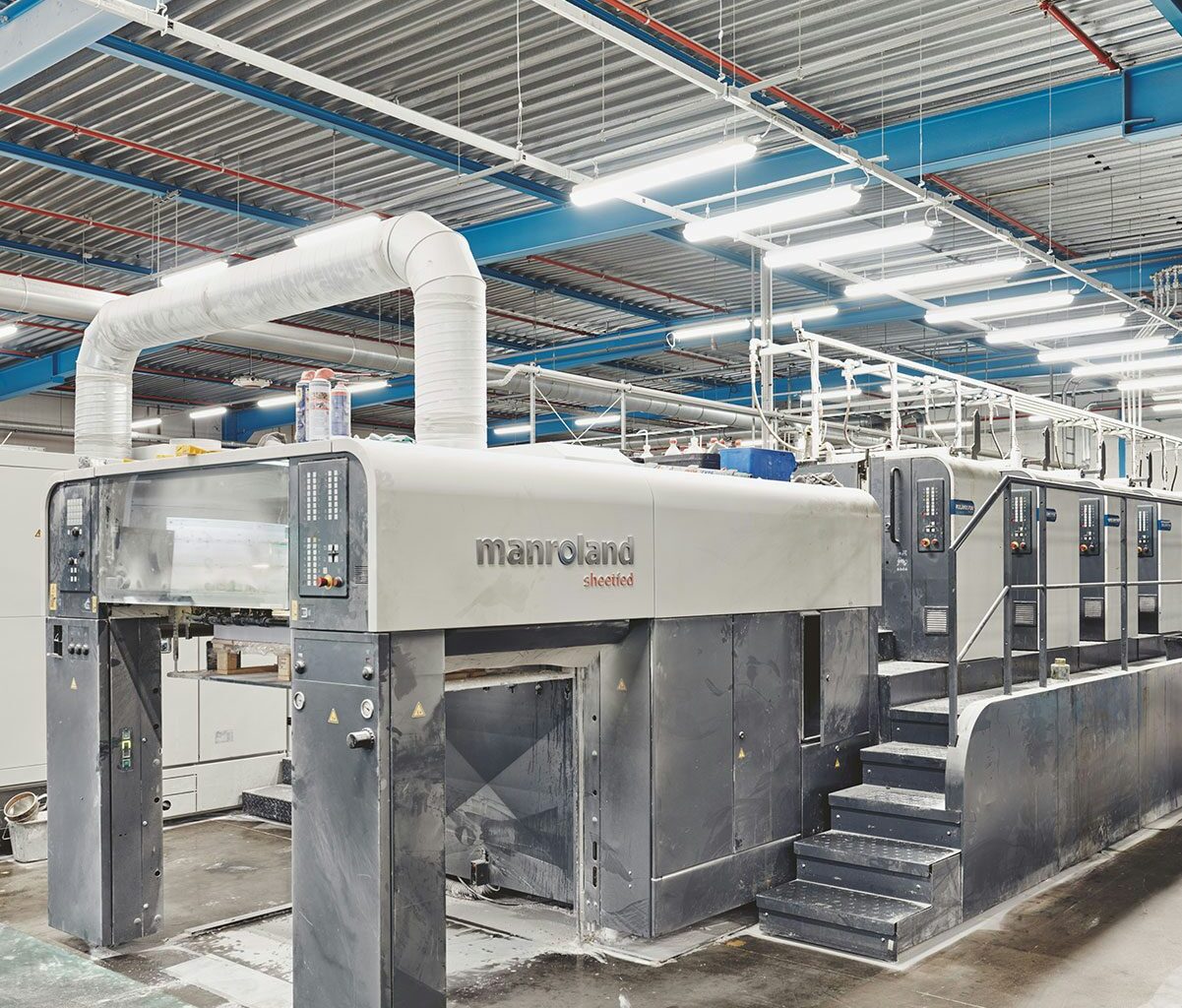With over 80 years of printing experience, die Keure Printing in Bruges, Belgium had become the gold standard. Known for their curiosity, patience and expertise, it’s why independent publisher Loose Joints had worked with die Keure from the beginning.
It’s also the reason why when the printers announced it would be shutting its doors earlier this year, the publisher wanted to honour its legacy in a very specific way – by photographing the production of the last photobooks they would ever print.
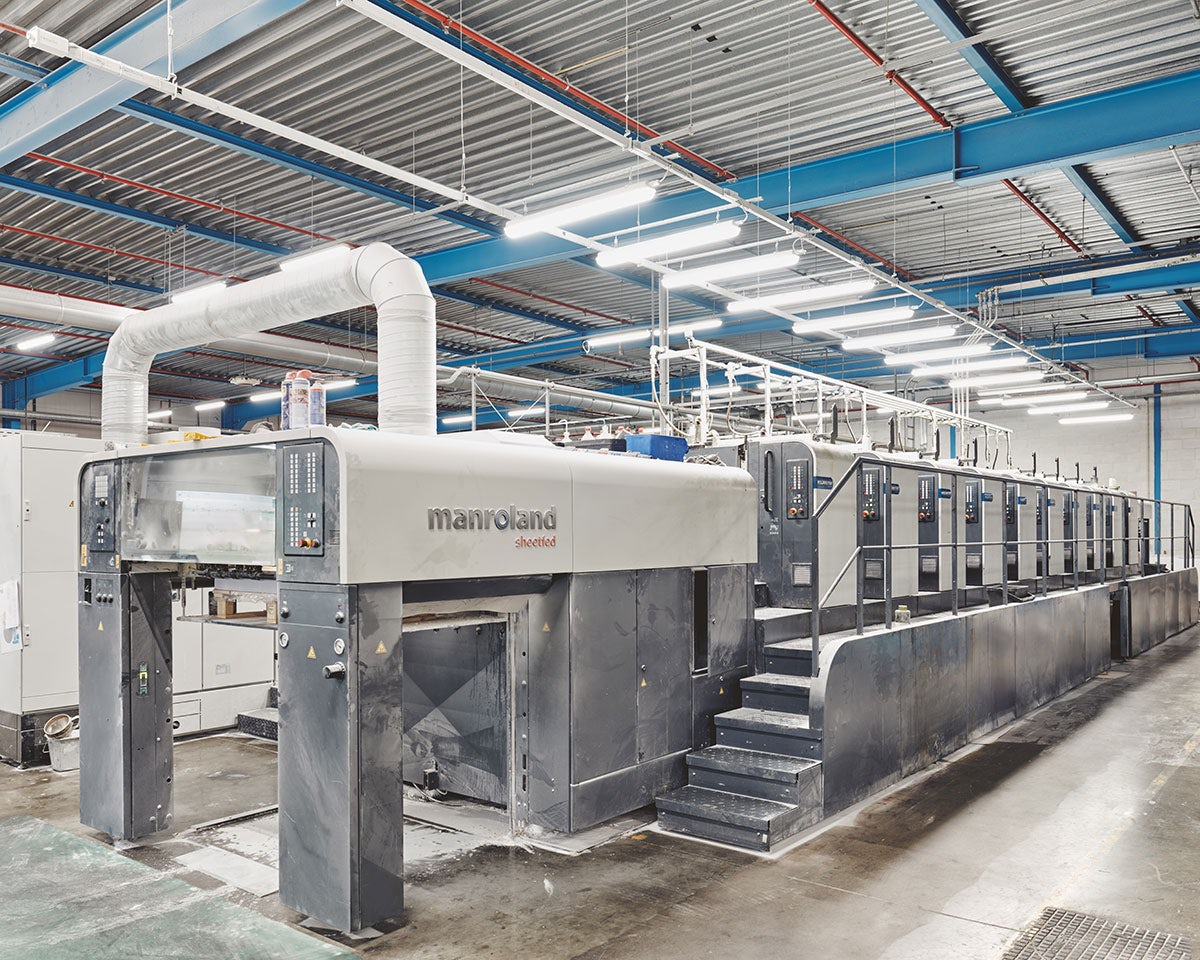 All images: The Last Book, published by Loose Joints. Top and Above: © Thomas Prior, 2025; All images courtesy Loose Joints
All images: The Last Book, published by Loose Joints. Top and Above: © Thomas Prior, 2025; All images courtesy Loose Joints
“There’s a lot of talk in the photobook world about pricing and the future of the book, but in the end we all depend on these manufacturers to achieve the quality we expect,” Lewis Chaplin, founder of Loose Joints, tells CR.
“The closure of a major printer is therefore significant – there are maybe 40 or 50 high-end houses of this level left in Europe. It felt important to mark that loss, and to shine a light on the skills and craftspeople behind books, which are not always visible in the finished object.”
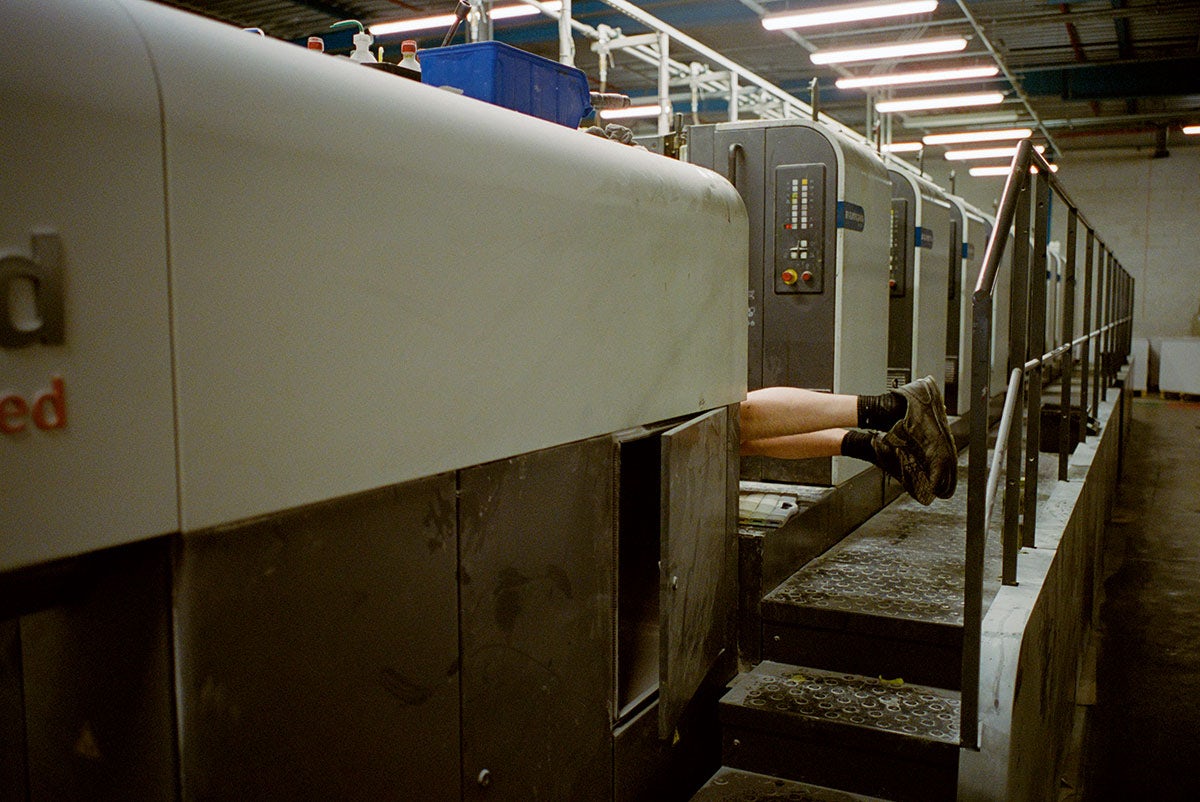 © Daniel Arnold, 2025
© Daniel Arnold, 2025
 © Daniel Arnold, 2025
© Daniel Arnold, 2025
Chaplin was already at die Keure with photographers Thomas Prior and Daniel Arnold to print their respective books – Slip Me the Master Key and You Are What You Do – when the idea came to him. “I always travel with our artists for press passes, as that last stage of colour adjustments and decisions are intrinsic to every project,” he explains. “Being there with two extremely talented photographers, it felt like the natural thing to ask them to record the moment.”
The project came together quickly and Chaplin gave Prior and Arnold complete creative freedom knowing how their differing approaches and “sensibilities” would likely complement each other.
“Thomas is sharp, structural, attuned to detail and technology; Daniel is more irreverent, human, alive to moments of slippage and improbability,” he notes. “The two approaches sat naturally in dialogue, and inside the book we used leftovers of the two different papers from each of their respective books.”
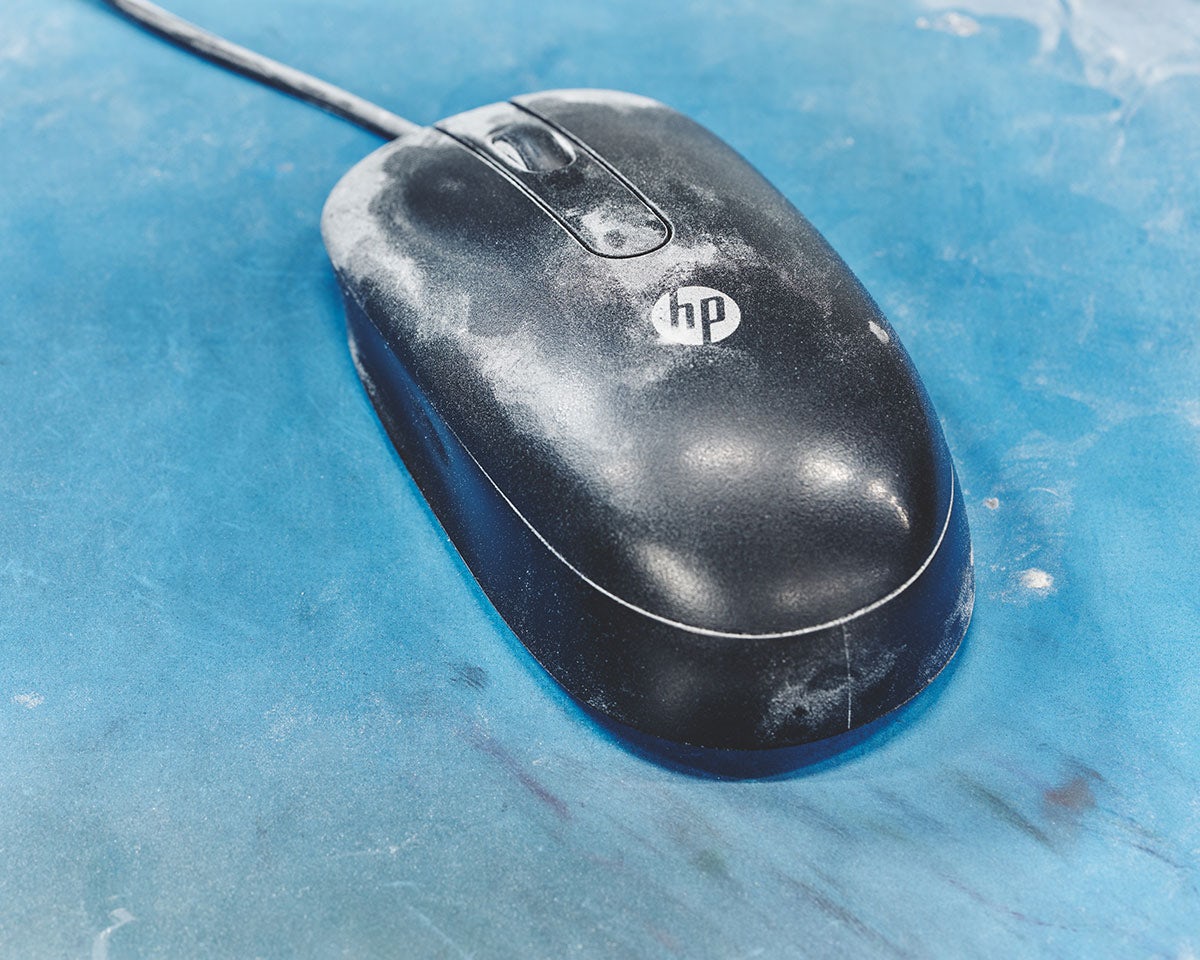 © Thomas Prior, 2025
© Thomas Prior, 2025
 © Thomas Prior, 2025
© Thomas Prior, 2025
Chaplin then worked quickly as they had to design, edit and print the book before die Keure closed at the end of August. “It left me about two weeks to pull it together with our team and the artists, and to deliver everything in time so it could indeed be their last book.”
Printed in a limited edition run of just 675 copies, half have been allocated to online sales and book fairs and the other half have gone to die Keure’s staff and collaborators, which “felt essential”. “Because the project was done in secret, we wanted to keep it small and discreet.”
 © Thomas Prior, 2025
© Thomas Prior, 2025
The unbound booklet contains 32 pages of photography and these sheets were the very last thing to run through die Keure’s machines. The images capture the soul of die Keure, including the big room-sized presses and smaller details like a dusty computer mouse and other innocuous office paraphernalia, but the photographs also highlight the people behind all the machinery.
“For me [the images] remind us how human these places are – a mix of individual ingenuity and skill with the high precision of machines,” says Chaplin. “That dialogue between operator and press is everywhere in the pictures. There’s also an undertone of melancholy for obvious reasons.”
 © Daniel Arnold, 2025
© Daniel Arnold, 2025
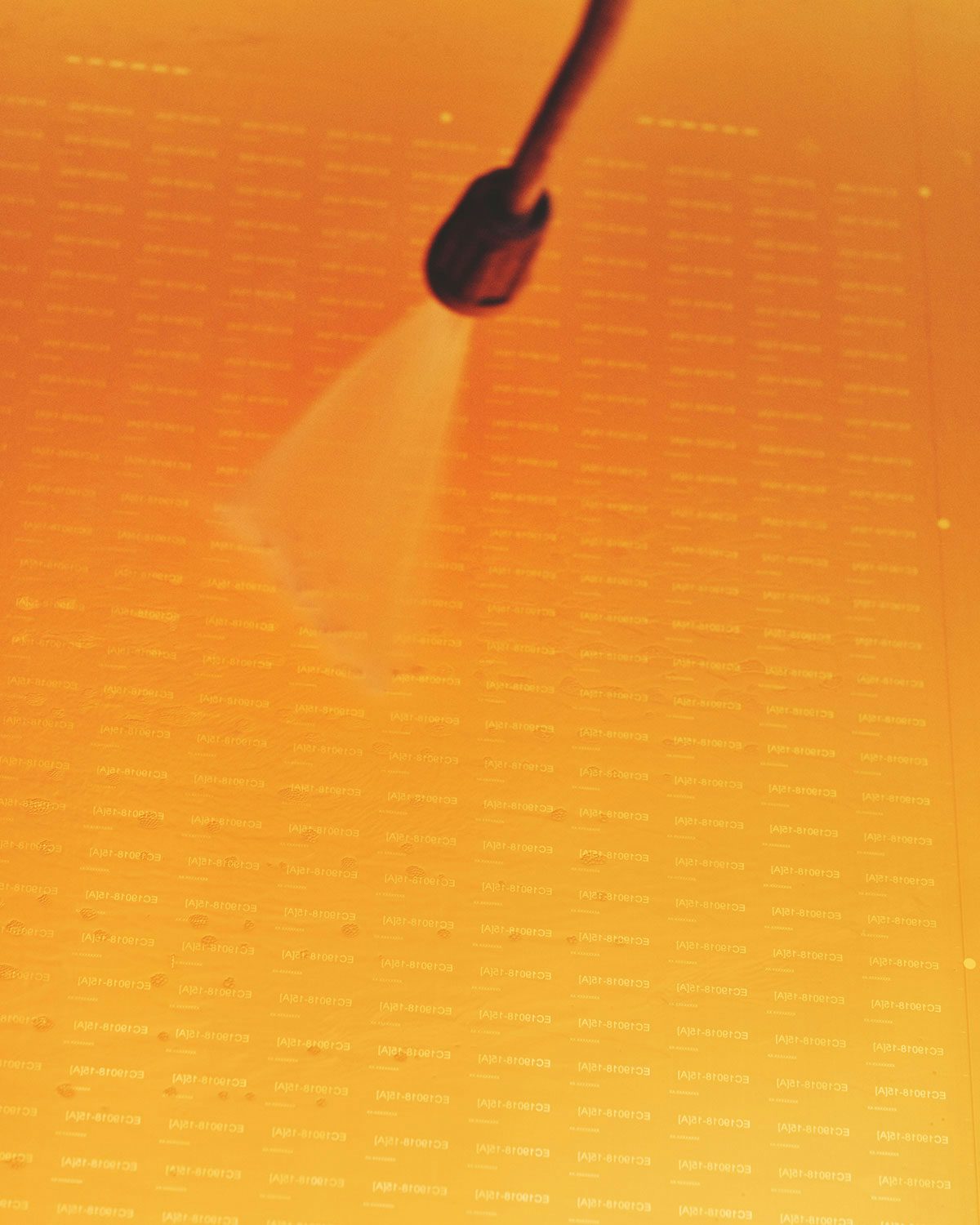 © Thomas Prior, 2025
© Thomas Prior, 2025
The project also sheds light on the wider picture around the production of photobooks. According to Chaplin, since 2019 printers have experienced costs rising dramatically, including internal costs such as materials, labour and energy costs, some of which then get passed onto the client.
“For publishers that translates into production increases of 30–40% compared with pre-Covid levels. That pressure was one of the reasons die Keure closed, and it continues to affect the whole sector,” Chaplin explains. “It leaves us with difficult choices: higher retail prices, smaller margins, reduced ambitions, or increased reliance on funding. Without a strong and accessible printing infrastructure, the photobook ecosystem is at risk.”
There’s something bittersweet about the last book that die Keure Printing made being about its demise, but Chaplin feels grateful to have spent time there, working with artists, and learning “how their pictures translate into print”.
“The place became very familiar, and the team were excellent collaborators,” he says. “To be able to close that chapter with The Last Book feels like the right way to honour it.”
The Last Book, published by Loose Joints, is available now for a limited period; thomasprior.com; @arnold_daniel; loosejoints.biz

